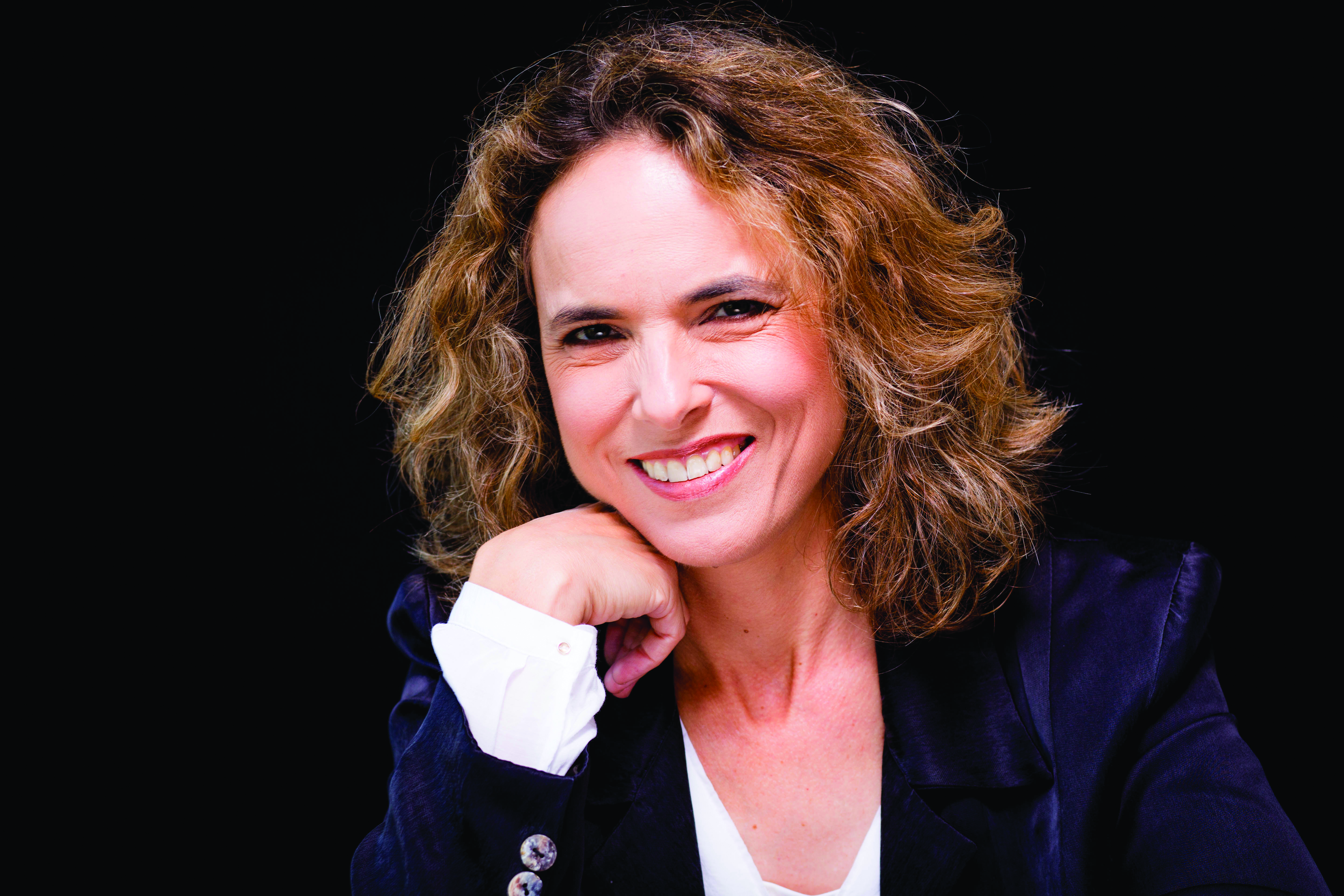More than 100 years have passed since researchers discovered that a man’s brain is, on average, larger than a woman’s. This discovery, together with other physical features in the brain, has established the perception that humans have two types of brains – male and female. With this biological conceptualization, a dichotomous perception has developed for all other human traits, making way for this specific brain difference to serve as the ultimate proof of all other differences between men and women.
If all of this makes perfect sense to you, you’re not wrong. After all, when we talk about women and men, we know of only two forms. A person with female physical features is a woman, and a man with male physical features is a man. Today, most of us already know how to recite the translation of this dichotomy to the level of genes: a woman has two X chromosomes, while a man has one X and one Y chromosome.

These are the only two options that exist (except for very rare anomalies), and from here we tend to derive a similar dichotomy for our other physical characteristics – especially in the brain – which is considered to be our control center. This is quite a logical conclusion. If there is a set of two types of genitals and a set of two pairs of chromosomes, then there is also a set of two types of brains – feminine and masculine.
This paradigm, as are most scientific paradigms, is difficult to crack. But now, five years after she first speculated that this theory was inaccurate, it seems that Professor Dafna Yoel can begin her journey of persuasion.
A Mosaic Discovered
Prof. Yoel (49), a researcher at the School of Psychology and the School of Neuroscience at Tel Aviv University, is opposed to two logical inaccuracies. One is the projection of the existing dichotomy at the genetic and genital levels to the brain level. The second is a projection from the general to the individual, that is, if there are statistical differences between men’s minds and women’s minds, these differences also exist between each single pair of men and women. The fact that there are general differences between men and women’s brains does not mean that if a random man is chosen on the street, we are able to assume that he has a brain with clear male characteristics. Beyond Yoel’s close attention to these subtleties, she also showed that the observed statistical differences are not absolute and instead depend on a number of difference parameters.
It all began with an article Yoel wrote in 2011 that reviewed findings in animals that showed the complexity of external influences on the brain. Various environmental and genetic pressures can have a different effect on male and female brains, and even more so on separate parts of the individual’s brain. Although this is not a new discovery, Yoel’s interpretation of this collection of results is what heralded the beginning of the revolution: the various pressures do not produce changes that cause the “male brain” or “female brain” to deviate from the norm. Instead, the multiplicity of parameters that constantly affect the brain creates a situation in which there is a complete mingling between female and male characteristics in the brain, or, as Joel calls it, a “mosaic of characteristics.” Therefore, there is in fact no such difference between the male and female brain.
This “mosaic hypothesis” was not easily accepted in the academic world. Magazines refused to publish the article, and other researchers in the field refused to rely on Yoel’s thesis. However, the paper was eventually published and found its way into the hands of one of the most prominent researchers in the field, Professor Margaret McCarthy of the University of Maryland. “She said it was very interesting, but that I was exaggerating a bit,” Yoel says. “I replied that I did not exaggerate in my claims and that I based those claims on what she herself previously researched.” Although certain differences of opinion remained between the two, Professor McCarthy was undeniably convinced by Yoel’s research. From there, the path to center-stage was paved.
Prof. Dafna Yoel. “The mosaics can come in many different ways and in a number of rare forms.”
A World Without Gender
The most significant breakthrough came last year, with the publication of the article “Sex Beyond Genitalia: The Human Brain Mosaic,” which was based on experiments conducted on the human brain by Yoel and a team of other researchers. Using MRI scans; Yoel ultimately proved that the mosaic hypothesis was correct. “The paper empirically showed that the mosaic is very common, and brains that are only female or male are much rarer than brains that have both male and female characteristics, so this article made noise,” she explains. She received a platform in the world’s largest newspapers, including the New York Times and the Times of London, which featured a main headline article about her discovery.
Immediately after the article was published, Yoel was asked to write another article explaining how sex affects the brain and evolution as a whole. Yoel was to write this article together with Professor McCarthy, which highlighted Yoel’s undeniable rise in status of the research community. “The idea of a mosaic, which really sounds like a hallucination to many people in 2011, quickly gained recognition from one of the most important researchers in the entire field, if not the most important one, and is now spreading quickly,” Yoel says. “It was welcomed with open arms all over the world because it validated the experience of many people.”

If the brain is a mosaic and each person has his own characteristics, regardless of gender, why do we still see clearly different behaviors between the sexes?
“We do see differences in people, but we don’t know for sure where these differences come from. Some of these differences may be gender differences rather than sex. It may be that because of the difference in socialization of boys and girls, the psychology of boys and girls is also different,” Yoel explains. “In animals, we see different reactions between the sexes regarding all types of things, so it could very well be that sex does, indeed, play a role.”
Rare Forms of Existence
“In the end,” says Yoel, “you have to remember that the mosaics can come in many different ways and in a number of rare forms. If one of these forms is related to psychopathology, like autism for example, and the characteristics in the brain are all masculine, this can serve as an explanation as to why there are more autistic men than women.”
In this same study, which analyzed MRI scans, psychological characteristics, attitudes, and perceptions according to Yoel, similar results were found. “We took characteristics that we researched and found profound differences: women scored higher in depression, self-control, weight, and femininity. Men, on average, had a higher score in impulsive, criminal or violent behavior, gambling and sports. It’s very stereotypical, isn’t it?”
But after the operation, Yoel says, “We showed that there wasn’t even one person out of more than 4,800 we examined whose features were entirely masculine or entirely feminine. In contrast, about 70% of the people had both extreme feminine traits and extreme male traits. In other words, when you look at people’s behavior or personality traits, you see the same results you see in the brain. There are differences, but the differences are at a group level.”
Translated by Raz Tal






